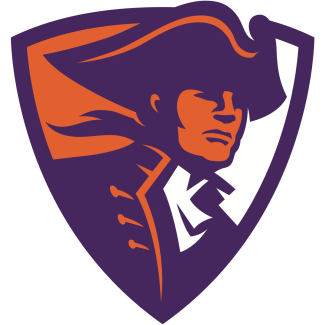This story appears in the January 2020 edition of US Lacrosse Magazine. Don't get the mag? Head to USLacrosse.org to subscribe.
I know we’re looking into the future and all (“20/20 Vision,” page 28), but I’m feeling nostalgic.
Maybe it’s because Adam Ghitelman has converted hours of VHS games into digital gold under the Twitter moniker Lacrosse Film Study (“Trending,” page 14).
Or because I just interviewed both Gait brothers, the lacrosse heroes of my youth, on their reunion as innovators in equipment manufacturing (“Legends Reunited,” page 20).
Or because for the first time in my tenure as emcee of the National Lacrosse Hall of Fame induction ceremony this fall, I called to the stage someone who graduated the same year I did (thanks, Ryan Boyle).
As we turn the calendar to 2020 and project with varying degrees of absurdity what lacrosse might look like in 2040, I find it fascinating to dip into the archives here at US Lacrosse — including the pages of this very publication.
What’s past is prologue, after all. Twenty years ago:
- MLL was laying the groundwork for the first pro outdoor league with a six-city summer tour.
- The NCAA men’s lacrosse committee put a 60-second shot clock on the table. Coaches were outraged. The committee yanked the rule before it ever saw the light of day. It took 18 years to get everyone on the same page.
- The defending NCAA champions were the Virginia men and Maryland women.
- The reigning USILA Division I Player of the Year and No. 1 overall NLL draft pick was John Grant Jr., whose brilliance at Delaware foreshadowed a distinguished pro run that continues today with MLL’s Denver Outlaws.
- The lacrosse world was still reeling from the death of UMass defenseman Eric Sopracasa. I played with Soup’s brother at Sachem (N.Y.) and remember how stunned the community was when we learned he died on the field due to commotio cordis after getting hit in the chest by a ball. Now there’s a NOCSAE standard in place and chest protectors on the market that guard against this rare, but catastrophic event.
- The offset head was a novelty, eyewear did not exist and US Lacrosse had a staff of 20.
So much has changed. So much remains the same. Here we are, still talking about the ancient game as the sport of the future.


























































